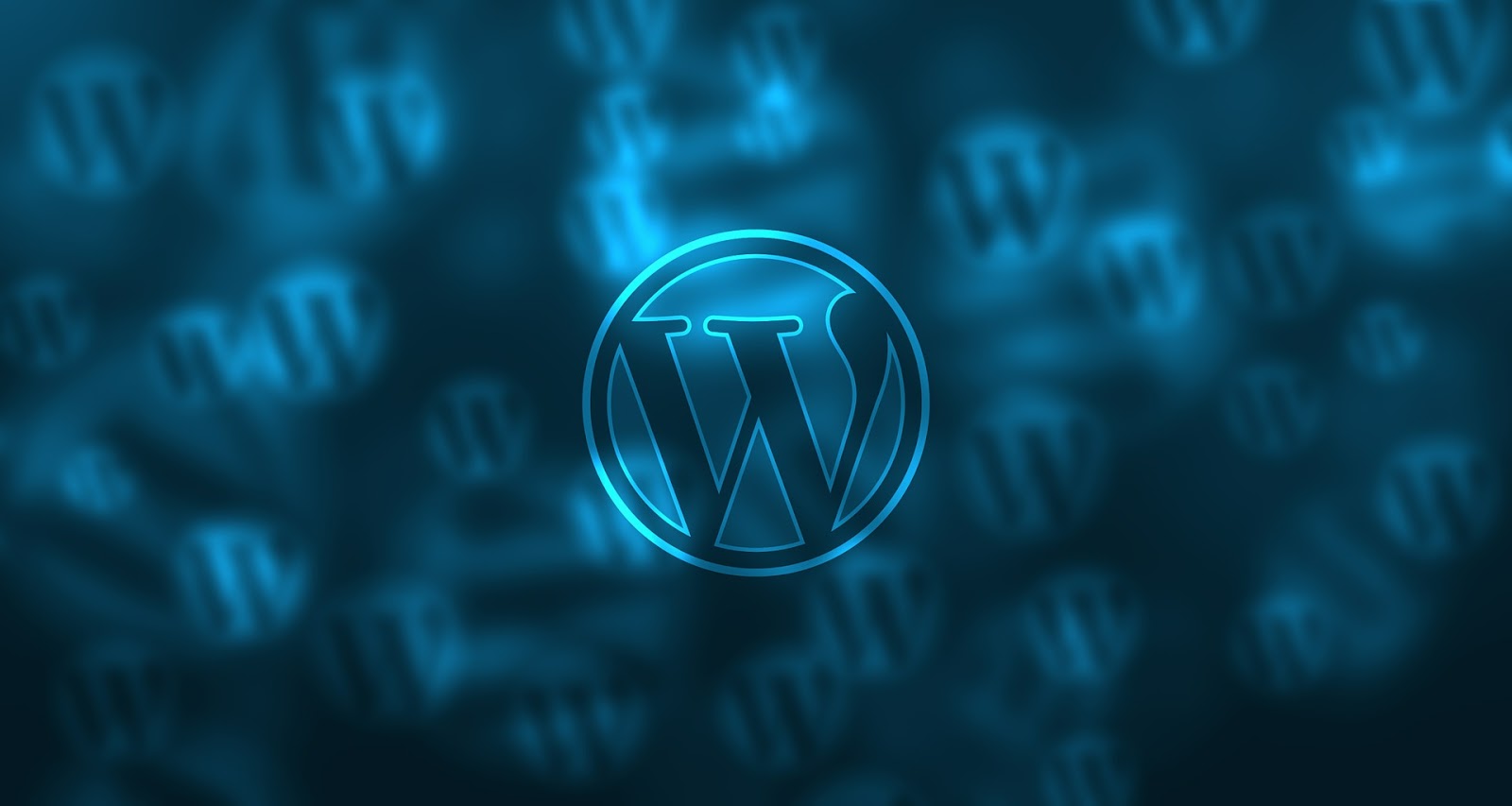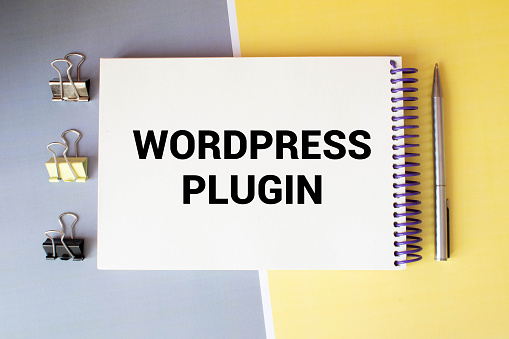Is WordPress Secure?? Nowadays cyber security is the main concern for a Website Owner. So how to make sure your website is safe and sound, well it’s not that hard at least for WordPress.

Introduction to WordPress security
WordPress is one of the most popular content management systems (CMS) used to build and manage websites. With its ease of use and vast array of customization options, it’s no wonder that it powers over 40% of all websites on the internet. However, with great popularity comes great responsibility, and WordPress sites are a common target for cyber attacks. In this article, we’ll explore the importance of securing your WordPress site and provide you with a comprehensive guide on how to do it.
Importance of securing your WordPress site
Securing your WordPress site is crucial for a number of reasons. Not only does it protect your personal information and that of your users, but it also protects the integrity of your website. If your site is hacked, the attacker may be able to access sensitive information, such as login credentials, personal details, and financial information. Additionally, a hacked website can be used to distribute malware or launch phishing attacks on your users. All of these consequences can harm your reputation and put your business at risk.
Common WordPress security threats
There are several common security threats to WordPress sites, including:
- Hacking: Attackers may try to gain unauthorized access to your site by exploiting vulnerabilities in your software or using brute-force attacks.
- Malware: Malicious software can infect your site and harm your users or steal sensitive information.
- Unauthorized access: Attackers may try to access your site using stolen login credentials or by exploiting vulnerabilities in your software.
How to secure your WordPress site
There are several steps you can take to secure your WordPress site, including:
- Password protection
- Use a strong, unique password for your WordPress account.
- Enable two-factor authentication to add an extra layer of security to your login process.
- User management
- Limit the number of user accounts with administrative privileges.
- Regularly delete inactive user accounts.
- Theme and plugin security
- Keep your themes and plugins up to date to ensure that they are free from vulnerabilities.
- Only install themes and plugins from reputable sources.
- Regular backups
- Regularly backup your WordPress
Some Tips To Make Your Site Safe
- Your website should always have an SSL certificate enabled, It is easy in WordPress.
- Using CDN services like Cloudflare can make your website more secure.
- Using only required plugins and that too preferably from the WordPress directory.
- Getting rid of deprecated codes: as it is very easy to update WordPress normally this is taken care of during updation process.
- While going for the themes all the free themes which were uploaded to the WordPress directory are checked thoroughly as per the WordPress standards.
- Using secure login WP credentials can help secure your site.
WordPress Content Management System despite being open source is well maintained by the WordPress community. This is very important point in favor of the question is WordPress secure ??
Some Important points to know Is WordPress Secure ??
To understand more about WordPress security it is important to understand the below points
Is WordPress core secure?
WordPress core is absolutely secure and the main reason behind is WordPress contributors. They keep WordPress secure and up to date on regular basis. WordPress is built using PHP which makes it vulnerable if not updated regularly as PHP updates are regularly introduced. To know Is WordPress Secure its very important to learn about WordPress Core.
Are WordPress Plugins Secure?

WordPress plugins are basically extensions required to enhance the functionality of your website. WordPress directory has 59K + plugins available which are thoroughly checked by the WordPress authors group on the regular basis. But users should avoid plugins that are not being updated on WordPress and also not present in the WordPress directory.
